To bring out the best kind of shine in your hardwood flooring, chances are you’re going to want it coated with a finish. This particular step in the caring process is so common that it’s almost done by default. However, one challenge you may face is the number of methods involved. To be blunt, there are many. Today we’ll dismiss all but two: The urethane treatment and the hard wax oil treatment. Let’s start things off with urethane.
What is Urethane?
First introduced about sixty years ago, urethane is an amide and ester of carbonic acid. It is a flexible compound capable of many different shapes and uses. One of those uses just happens to be for the protection of furniture and flooring. It’s water-resistant and does a pretty good job of slamming the door on ultraviolet rays. Not only that, its malleable quality allows it to expand and contract with your floor’s own behavior in different temperatures. You’re also going to get some pretty solid protection against scratches and dings, making this a good choice for high-traffic areas.
When using urethane, don’t forget to sand the surface first. You may also wish to avoid regular paintbrushes, as this finish tends to have trouble sticking to standard material. There are special urethane brushes available on the market. You may dilute the finish for application of multiple thin layers, or apply one thick coat with a dry or very near dry brush.
It’s also important to note that not all types of wood will invite urethane onto its surface. For example: Baltic birch plywood is extremely popular with woodworking enthusiasts. It earns this through tight, uniform conjunction of high-quality plies. However, it also owns a reputation for being difficult to stain. A finished job often results in blotchy, uneven colors. To stain Baltic birch, experts commonly recommend application of a wood conditioner first. This acts as a primer for more friendly engagement with the stain being used.
Today urethane remains a very popular choice for finishing a hardwood floor.
What is Hard Wax Oil?
Hard wax oil is still fairly new; thus, we have a lot of questions floating around out there about it. Fingers crossed, we can answer some of them right here and now.
This is a mix of tung oil and carnauba wax that produces an oil-based finish. The surface displays a subtle change in shade while forming a thin, protective barrier. Arguments abound about just how natural the results appear, but for many homeowners it remains the go-to choice for an absolutely gorgeous shine. It is non-toxic, offers colors clear to dark, and allows the wood to breathe while maintaining a shield against stains and moisture.
Hard wax oil works well on almost any kind of wood. This includes Asian and Baltic birch plywood. Just make certain the surface is bare, clean, and dry before you begin—and for Baltic birch, of course, don’t forget that primer. Asian plywood, which is often though not always a poorly glued-together stack of broken and uneven plies, becomes just a little more pretty to look at when sheltered by a few coats of hard wax oil.
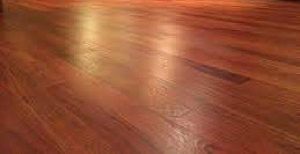
So there we have it. Two of the most popular coating methods that produce a great shine. Many prefer urethane for its stronger resilience to traffic, while others like hard wax oil for being non-toxic and a little easier to use. The pros and cons for each form a near-perfect balance. With this information, we hope you can make the choice that’s best for your home.
Related video content here.

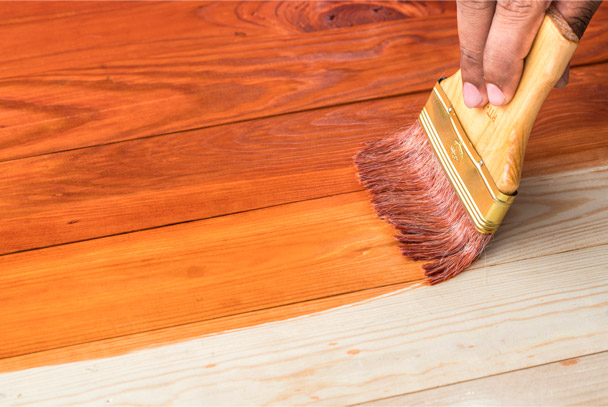




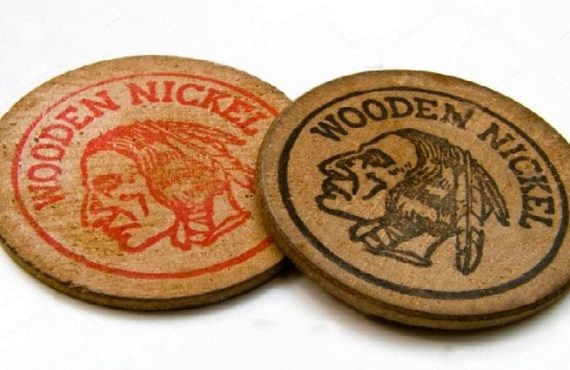
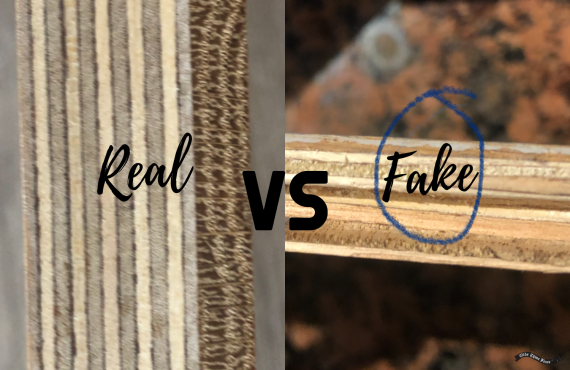




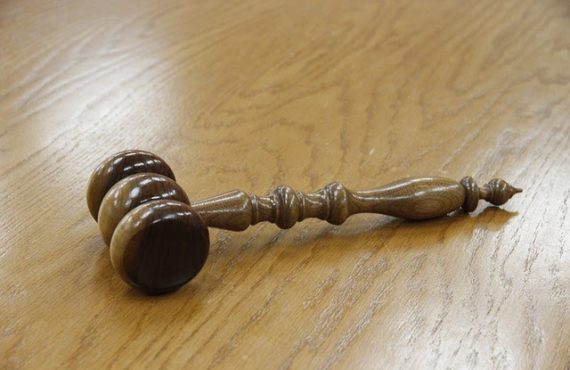



No comments yet.